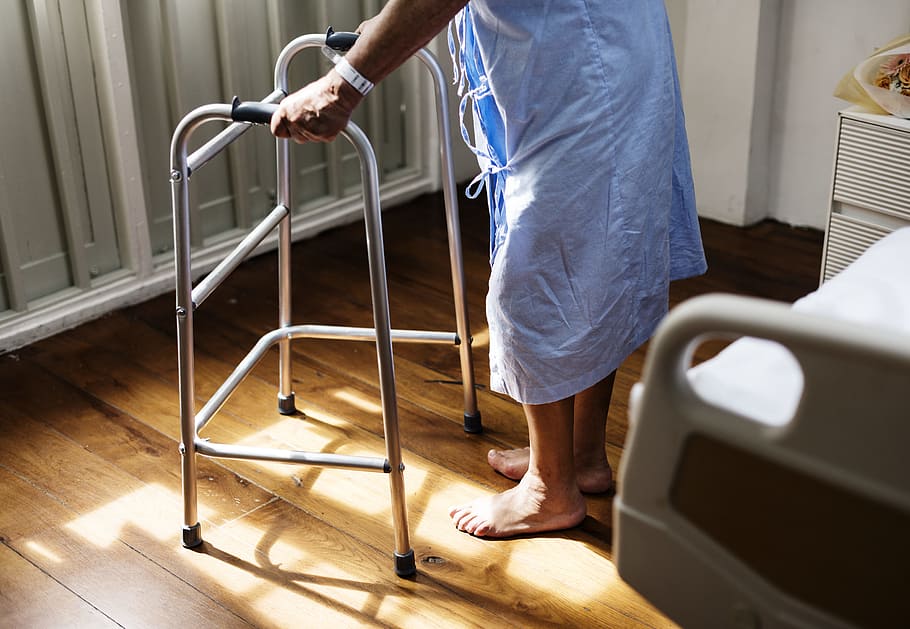Voluntary enrolment for general practice patients over 70 has been extended to Indigenous patients over 50, and payments will be delivered to individual GPs
Voluntary enrolment for general practice patients over 70 has been extended to Indigenous patients over 50, and payments will be delivered to individual GPs through the Medicare Benefits Schedule, it was announced this week.
But the dollar value of the initial enrolment payment and following quarterly payments is yet to be revealed.
April’s federal budget set aside $450 million over three years for the voluntary scheme, which was tentatively welcomed as a step towards a mixed funding model more suitable for chronic care than pure fee for service – though at the time RACGP President Harry Nespolon criticised the allocation as not amounting to much per patient.
Health Minister Greg Hunt this week announced an additional $7.2 million over three years to extend the federal budget measure to Indigenous patients over 50. He said this recognised the shorter life expectancy of Indigenous people and would support GPs who “already go above and beyond providing face-to-face services”.
The model would give enrolled patients access to advice and follow-up over the phone or email, repeat referrals and prescriptions without an appointment and pro-active reminders for tests or immunisations – services not covered by existing Medicare items, which the new payments are not designed to replace.
In October, during Supplementary Budget Estimates, NSW Labor Senator Deborah O’Neill asked a series of questions on notice about the measure, including the breakdown of the $450 million and whether it would be capped to that amount; which GPs, practices and patients would be eligible; and who would actually receive the payments.
In its response tabled last week, the Health Department said the scheme would begin on July 1 next year, and that budget had progressively allowed $12.3 million in the first year, $132 million in the second and $304 million in the third.
But it said the measure would be implemented through the MBS, and would therefore be demand-driven and uncapped.
“General practitioners working in practices accredited under the Royal Australian College of General Practitioner[s] standards will be able to enrol eligible patients,” it said.
It said payments would be made to individual general practitioners – not practices.
The department said it was assuming that the proportion of practices and GPs who would participate would be similar to those participating in Practice Incentives Program – that was more than 5800 practices in May last year according to the most recent Primary Health Network data available.
“Patients aged 70 years and over with an ongoing relationship with a participating general practitioner will be eligible for the program,” it said.
“Over time, it is assumed that participating general practitioners will enrol a majority of eligible patients.”


